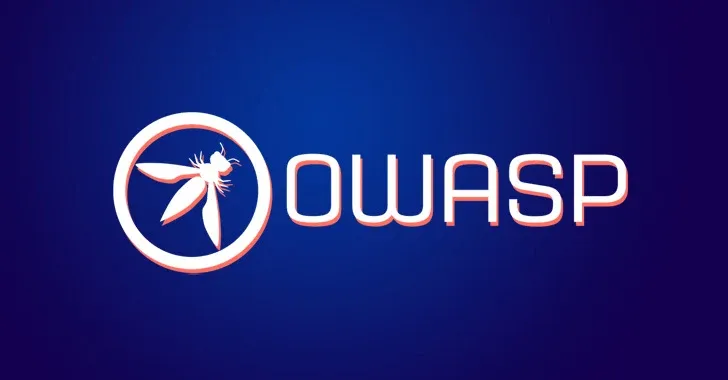Understanding the OWASP API Security Top 10: A Comprehensive Guide
This blog explores the OWASP API Security Top 10, delving into each vulnerability, real-world examples, and strategies to mitigate these risks

Introduction
The Open Web Application Security Project (OWASP) API Security Top 10 is an industry-standard framework that highlights the most critical security risks facing APIs today. APIs are the connective tissue of modern applications, enabling communication and data exchange across platforms, services, and devices. However, their ubiquitous nature makes them a prime target for attackers. This blog explores the OWASP API Security Top 10, delving into each vulnerability, real-world examples, and strategies to mitigate these risks. By the end, you’ll have a deeper understanding of API security and actionable insights to protect your APIs.
🔗 Related Resource: OWASP API Security Project

API1:2019 - Broken Object Level Authorization
🔗 Related Resource: OWASP - Broken Object Level Authorization
Overview
Broken object-level authorization occurs when an API improperly validates user permissions to access specific resources. Attackers exploit this flaw to gain unauthorized access to sensitive data.
Example
Imagine a banking app API that allows users to view account details using an endpoint like /api/accounts/{accountId}. If the API doesn’t validate that the requesting user owns the account, an attacker could replace {accountId} with another user’s account ID to access their financial information.
Mitigation Strategies
- Implement robust access control mechanisms.
- Validate user permissions for every API request.
- Use least privilege principles to minimize access.

API2:2019 - Broken User Authentication
🔗 Related Resource: OWASP - Broken User Authentication
Overview
Authentication weaknesses allow attackers to compromise user accounts. Common flaws include weak password policies, insecure token handling, and improper implementation of authentication protocols.
Mitigation Strategies
- Enforce strong password policies and multi-factor authentication.
- Securely store and validate tokens.
- Regularly update authentication libraries and protocols.
API3:2019 - Excessive Data Exposure
🔗 Related Resource: OWASP - Excessive Data Exposure
Overview
APIs often expose too much data to the client, relying on the client-side application to filter out unnecessary information. This approach can lead to sensitive data exposure if an attacker intercepts the API response.
Mitigation Strategies
- Follow the principle of least data exposure.
- Use server-side filtering to ensure only necessary data is sent.
- Regularly review API responses for sensitive information leaks.
API4:2019 - Lack of Resources & Rate Limiting
🔗 Related Resource: OWASP - Lack of Resources & Rate Limiting
Overview
Without proper resource and rate limiting, APIs are vulnerable to denial-of-service (DoS) attacks and abuse, such as brute-force login attempts.
Mitigation Strategies
- Implement rate limiting and throttling policies.
- Monitor API usage patterns to identify abuse.
- Use caching to reduce server load for frequently requested data.
Resources
- OWASP API Security Project
- OWASP Top 10 Security Risks
- Google Cloud API Security Best Practices
- Microsoft API Security Guidelines
- IBM API Security Solutions
Conclusion
The OWASP API Security Top 10 serves as a vital resource for understanding and addressing the most significant risks facing APIs. By adopting these recommendations and leveraging real-world insights, organizations can protect their APIs and maintain user trust in an increasingly interconnected digital landscape. As API usage continues to grow, prioritizing security will be essential to staying ahead of emerging threats.
🔗 Read More: Google Cloud API Security Best Practices





